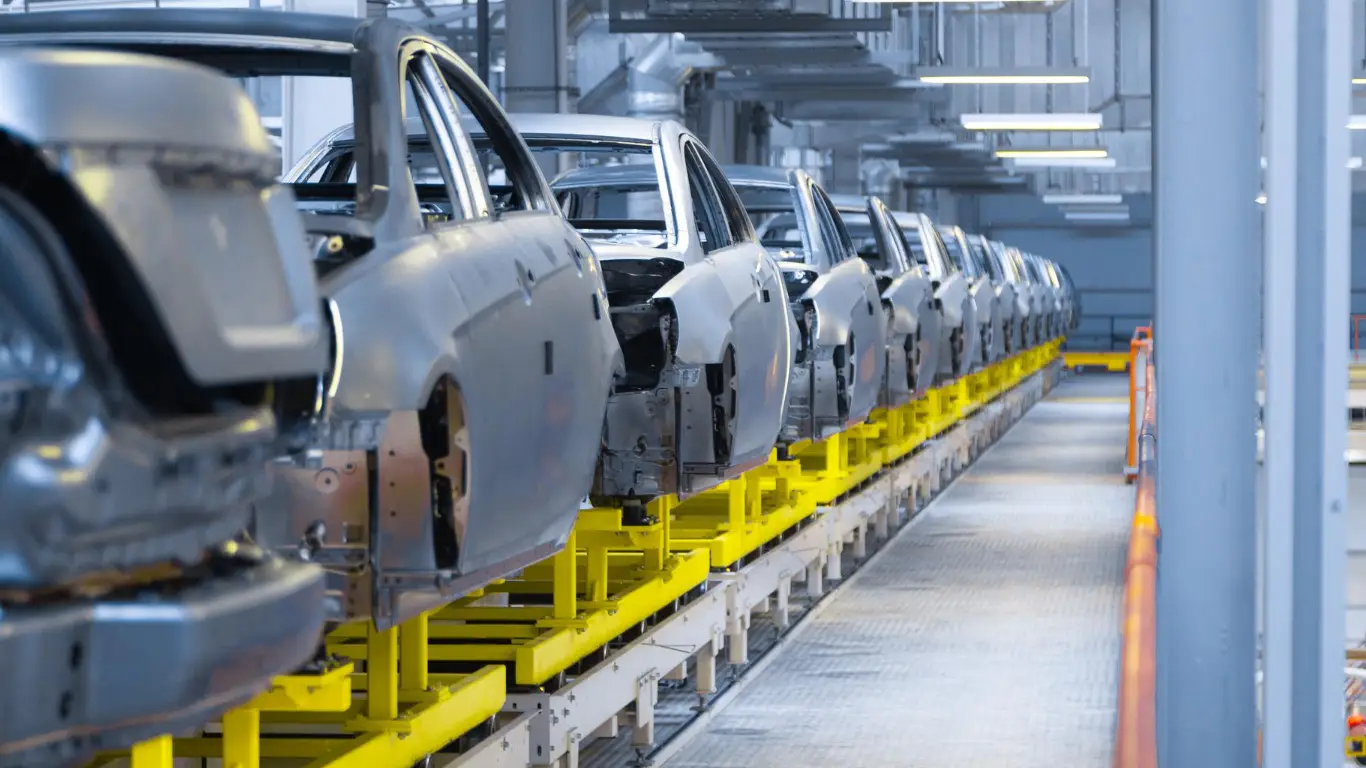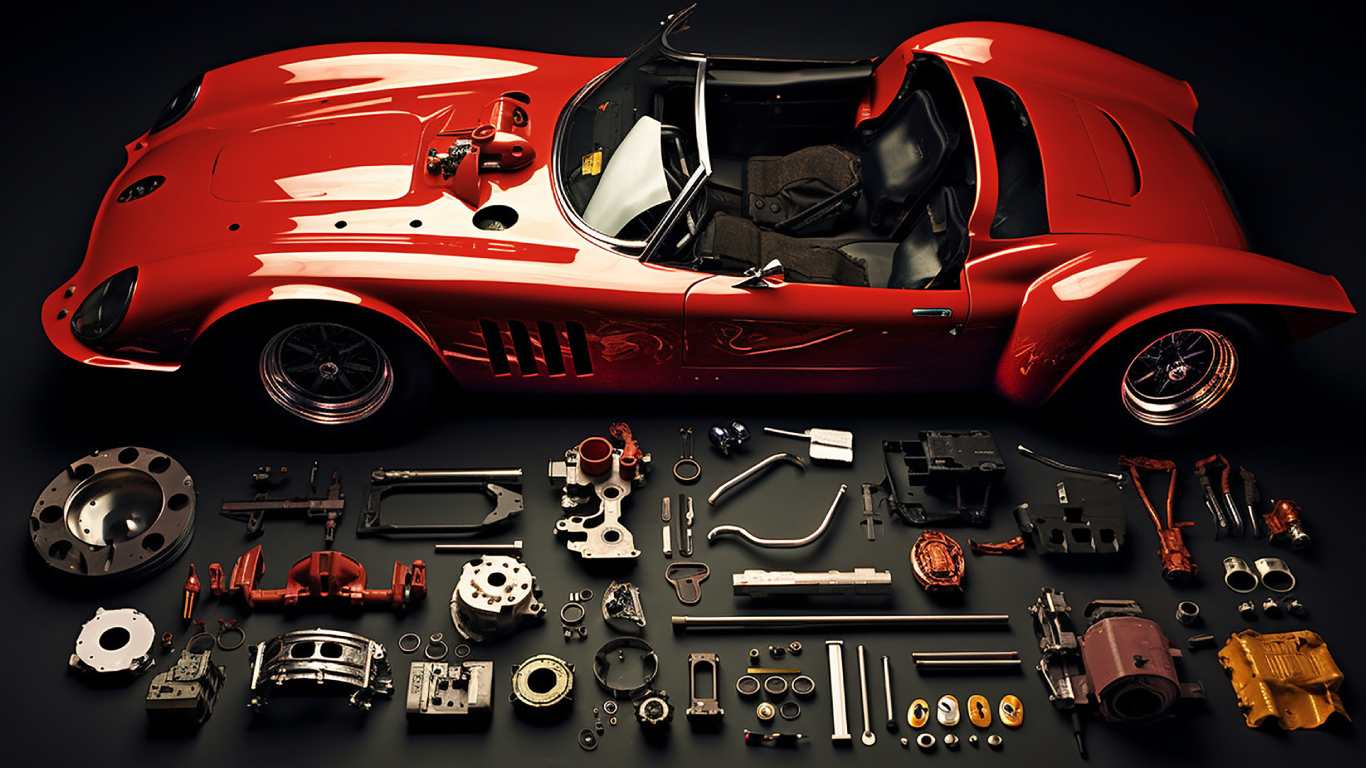Canadian Auto Industry 2025: Do Canadians Really Buy Canadian-Built Cars?

The Canadian auto industry 2025 is under intense scrutiny as analysts, workers, and policymakers try to understand where the market is headed and how stable domestic manufacturing really is. For months, industry watchers have been tracking forecasts, policy shifts, and corporate decisions to understand how a key economic sector can adapt in an era of trade tension and shifting consumer demand.
Canadians say they want to support their own auto sector by choosing vehicles made in Canada, but the numbers tell a more complicated story. While plenty of attention goes to lists of vehicles made in Canada and assembled in local plants, the deeper concern is how few of those models are actually bought by Canadians relative to total sales.
Production vs. Demand
From a Canadian car production statistics perspective, the mismatch is stark: domestic plants assembled about 1.3 million passenger vehicles in 2024, while Canadians bought roughly 1.9 million. On the surface, it seems like almost all of that demand could be met with home-built vehicles, but the product mix, pricing, and brand portfolios make that impossible in practice.
The Canadian auto industry 2025 operates in a globalized ecosystem where production is optimized plant by plant, not country by country. That means Canadian factories often specialize in specific models for export, while Canadians purchase a wide variety of vehicles, many of which are built in the United States, Mexico, Asia, or Europe.
Vehicles Made in Canada and Consumer Choice
The problem is not that there are no Canadian-built models, but that Canadians value variety, features, and brand identity more than origin alone. Even if every buyer wanted to pick a Canadian-built model, the limited lineup of body styles, powertrains, and price points would leave many shoppers unable to find a vehicle that fits their needs.
Calls for a uniquely Canadian car brand surface whenever the industry faces pressure, yet the Canadian auto industry 2025 reality is that partnerships and integrated supply chains drive investment and jobs. Learning which vehicles are made in Canada helps consumers make informed choices, but policy and corporate strategy will matter more than individual purchase decisions in determining how many Canadian-built vehicles stay at home.





